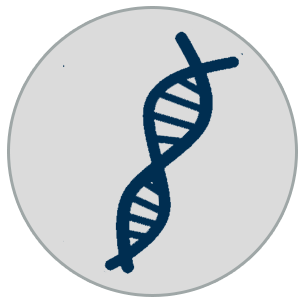 |
|                  |    |  | ||||
| | ||||||||
1. taxonomy
is currently considered as a valid taxon of Fulgoromorpha of rank. It was first described by in in the following paper: ..
is currently only known through its extant representatives. It includes genera (about NAN% of all known extant Fulgoromorpha genera) and species (about NAN% of all known extant Fulgoromorpha species).
From a taxonomic perspective, the is currently subdivided into .
Since Linné (1758), species of have been described. Figure 1 displays the number of species described per year and figure 2 their cumulative totals.
Number of new species discovered
|
| Figure 1. Number of newly described species by year. |
Total number of described species
|
| Figure 2. Total number of described species by year. |
2. geographical distribution and bioregions
According to the geographical TDWG standard (2001), are known from the biogeographical regions as defined by Wallace (1876). More precisely, they are distributed in the zoogeographic regions as defined by Holt (2013). Figures 1 and 2 display dynamic graphs showcasing the longitudinal and latitudinal profiles of arround the across the globe according to their species richness. A scroll on the histogram bars displays the species richness of the corresponding regions.
3. biological interactions
As all planthoppers, are obligatory phytophagous terrestrial insects.
References:
- - .
- Bourgoin Th. 2024 - FLOW (Fulgoromorpha Lists on The Web): a world knowledge base dedicated to Fulgoromorpha. Version 8, updated 10-May-2024. http://flow.hemiptera-databases.org/flow/
- Brummitt R. K. 2001 - World geographical scheme for recording plant distributions. Edition 2. TDWG 136pp. updated 08-May-2007. http://www.tdwg.org/standards/109/
- Holt B. G. et al. 2013 - An Update of Wallace's Zoogeographic Regions of the World. Science, 339: 74-78.
- Linné C. 1758 - Systema Naturae. Editio Decima, reformata. 1: 824 pp.
- Wallace A. R. 1876 - The Geographical Distribution of Animals. Cambridge University Press, Cambridge.
|
|
|
|
| |||


